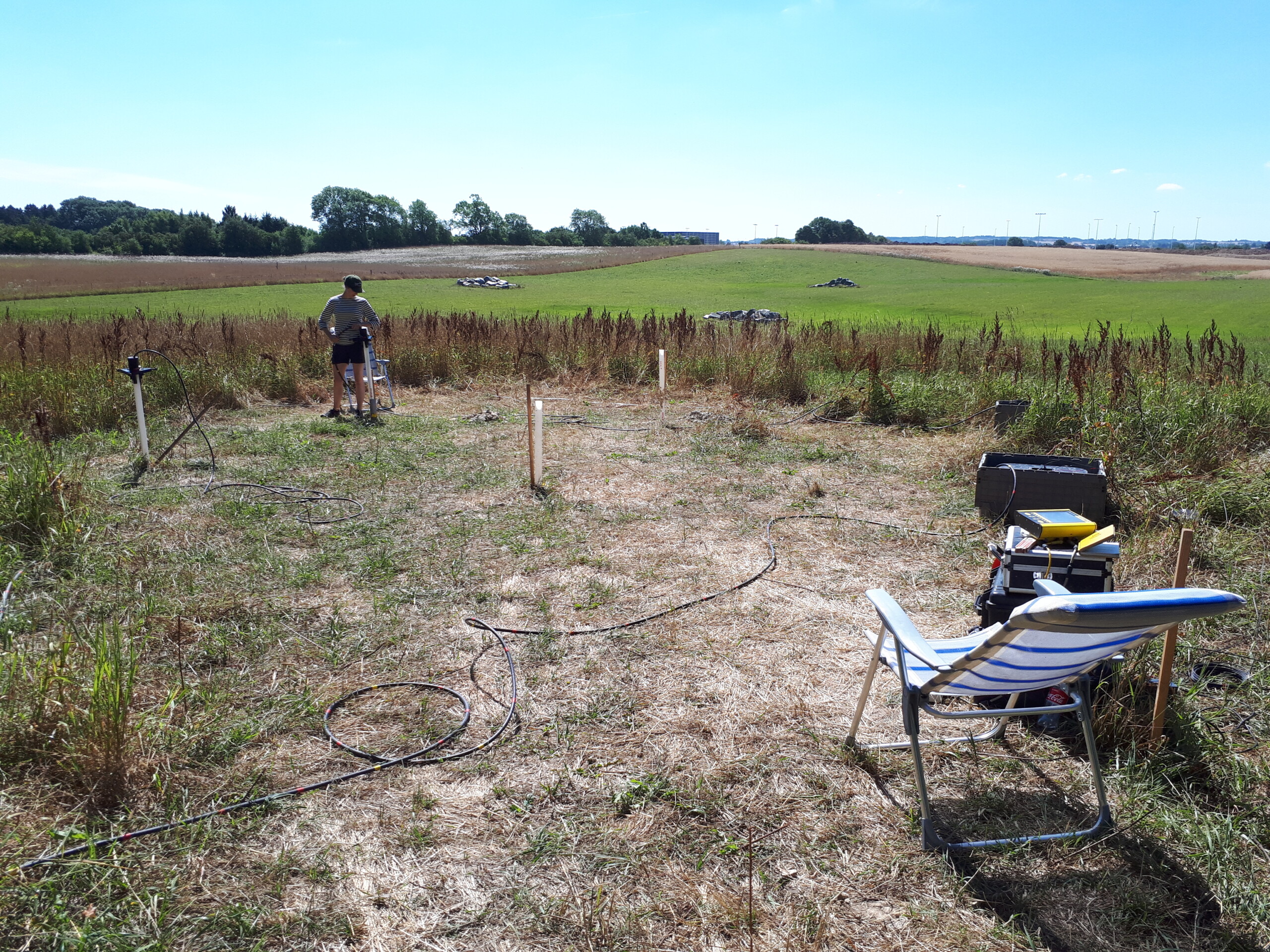Universitetsavisen
Nørregade 10
1165 København K
Tlf: 35 32 28 98 (mon-thurs)
E-mail: uni-avis@adm.ku.dk
PhD thesis defense
PhD thesis defense — Espen Bing Svendsen 3.2.23
Date & Time:
Place:
Aud B, Department of Geosciences and Natural Resource Management, Øster Voldgade 10, 1350 Kbh K
Hosted by:
Geology Section
Cost:
Free
Espen Bing Svendsen defends his thesis,
Geological Characterization of Clayey Diamicts using Crosshole Ground-Penetrating Radar
Or How I Learned to Stop Worrying and Love Clayey Tills
Supervisors:
Associate Professor Majken C. L. Zibar, IGN
Professor Kurt H. Kjær, GLOBE
Bertel Nilsson, GEUS
Professor Lars Nielsen, IGN
Assessment Committee:
Professor Anja Klotzsche, University of Cologne – Germany
Research Associate Jan Igel, Leibniz Institute for Applied Geophysics – Germany
Professor Klaus Mosegaard (chair), NBI
Summary:
Geological deposits originating from the last ice ages are common on the Northern Hemisphere, and cover approximately 40% of Denmark’s surface. The deposits are usually heterogeneous due to the dynamic nature of glacier advance and retreat. Knowledge about the sand and clay distribution of these deposits is important to solve a wide range of problems regarding construction, groundwater protection, and cleaning of polluted sites.
Borehole drilling can provide information on the millimeter- to meter-scale, but only in or close to the borehole. At highly heterogeneous locations, boreholes spaced a few meters apart might not be enough to understand the three-dimensional geological variation.
Crosshole ground-penetrating radar (GPR) uses electromagnetic waves to investigate the subsurface between boreholes, but has mainly been used in sandy environments. In this study, we investigate whether crosshole GPR can be used in clay-rich glacial materials, by conducting a crosshole GPR study at a field site outside Holbæk, Zealand, Denmark. We compare the velocity, strength, and shape of the recorded GPR signals, with geological information from the boreholes and an excavation of the field site carried out after the GPR survey. Extensive numerical modelling was then used to investigate the physics behind the observations from the field site.
From the modelling and the field data, we find that GPR signals travelling through wetter and more clayey materials are weaker and more distorted in shape, than those travelling through drier and sandier materials. Furthermore, we see that measurements of signal strength and shape are more sensitive to changes in the subsurface geology, than measurements of signal velocity are. The signal velocity primarily responds to changes in water content. Overall, we conclude that crosshole GPR can be used as a minimally invasive method to investigate the geology between boreholes.
A digital version of the PhD thesis can be obtained from the PhD secretary Mikala Heckscher at mikala@ign.ku.dk
